When it comes to optimising content for the web, the devil is in the detail. Of course, it is important to ensure that you are creating relevant and engaging content for your audience, but don’t forget the small things like making your permalinks readable by humans because these can often make or break your web ranking.
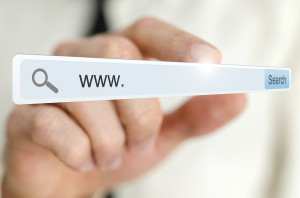 What is a permalink?
What is a permalink?
If you have a WordPress website you’ve probably already heard of the word “permalink” but do you know exactly what it means? A permalink is a WordPress term and is essentially the individual URL or address for anyone web page.
And why are permalinks important?
Permalinks are important on two counts: for your readers and for search engines. The information that you choose to include in your permalink will let search engines and readers know the topic of your content and gives them a taste of what they can expect on the web page.
Choosing your permalink structure
Unless you specifically choose to change your permalink settings, each permalink on your site will be created according to a default structure. It will probably look something like this: https://wpcopilot.com.au/?p=123. From this permalink structure, absolutely no clues are provided as to what might lie within the content of the post. And so, this needs to be changed.
In order to change your permalink structures, you need to visit Settings > Permalinks within the back end of WordPress. Here you can change permalinks to be whatever you want them to be.
The obvious choice for altering a permalink is to switch the default post number with a post name. This means that a post such as this one would have a permalink such as wpcopilot.com.au/what-are-wordpress-permalinks. This new permalink stucture – (/%postname%/) – provides Google and readers with far more information about what lies within the content.
If you group posts by category on your website, it can also be a great idea to add the category name to your permalink using the following structure, (/%category%/%postname%/).
Something to keep in mind when creating permalinks is that filler words from post titles such as “a” and “in” do not add anything to a page url, and generally it is considered good practice to remove these words from your permalinks. This is better for SEO as it leaves your keywords, something done automatically by WordPress SEO plugins such as Yoast.
Changing permalinks
When you start a WordPress website, ensure that you have new permalink structures in place so that your content can reach the maximum number of readers.
What if you already have a website with multiple pages and posts?
Changing your permalinks can cause the old urls to show a 404 error, as the pages no longer exist at that address. This will cause a drop in search engine traffic and a bad user experience. In this case it’s essential to plan ahead and use a redirection plugin such as Redirection to point the old urls to the new permalinks, ensuring that you do not lose any traffic.
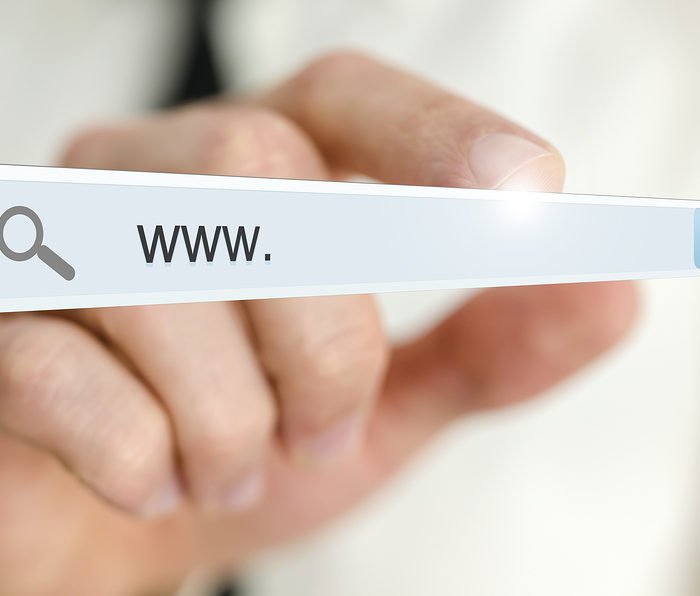
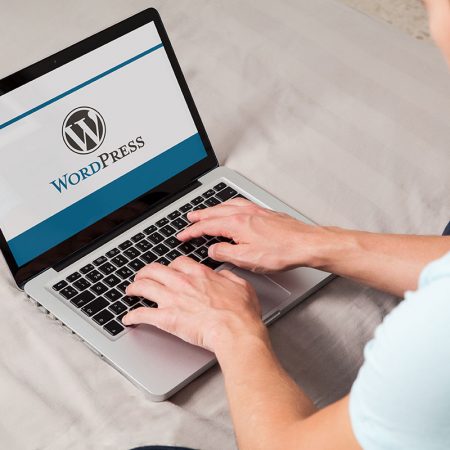
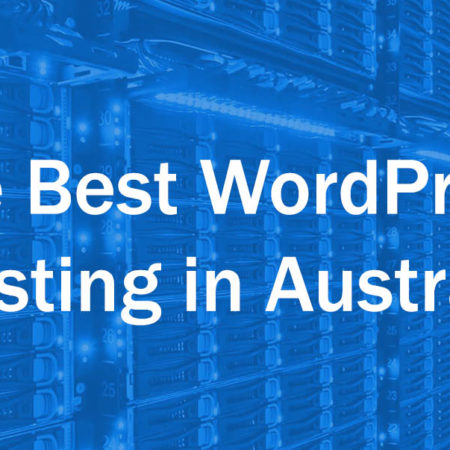


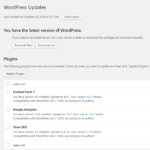

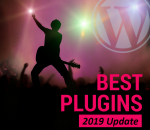
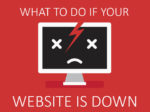


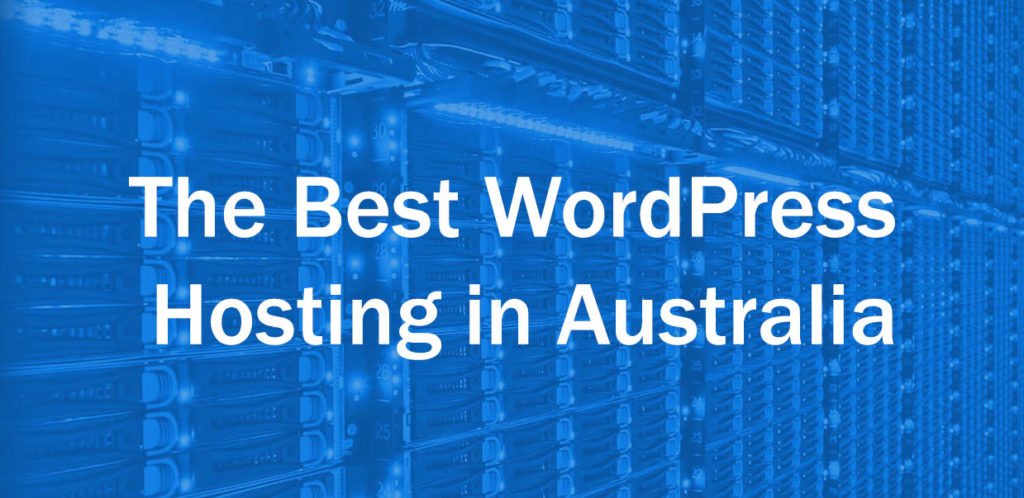
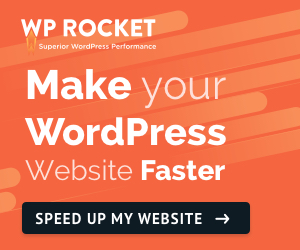

No Comment
You can post first response comment.